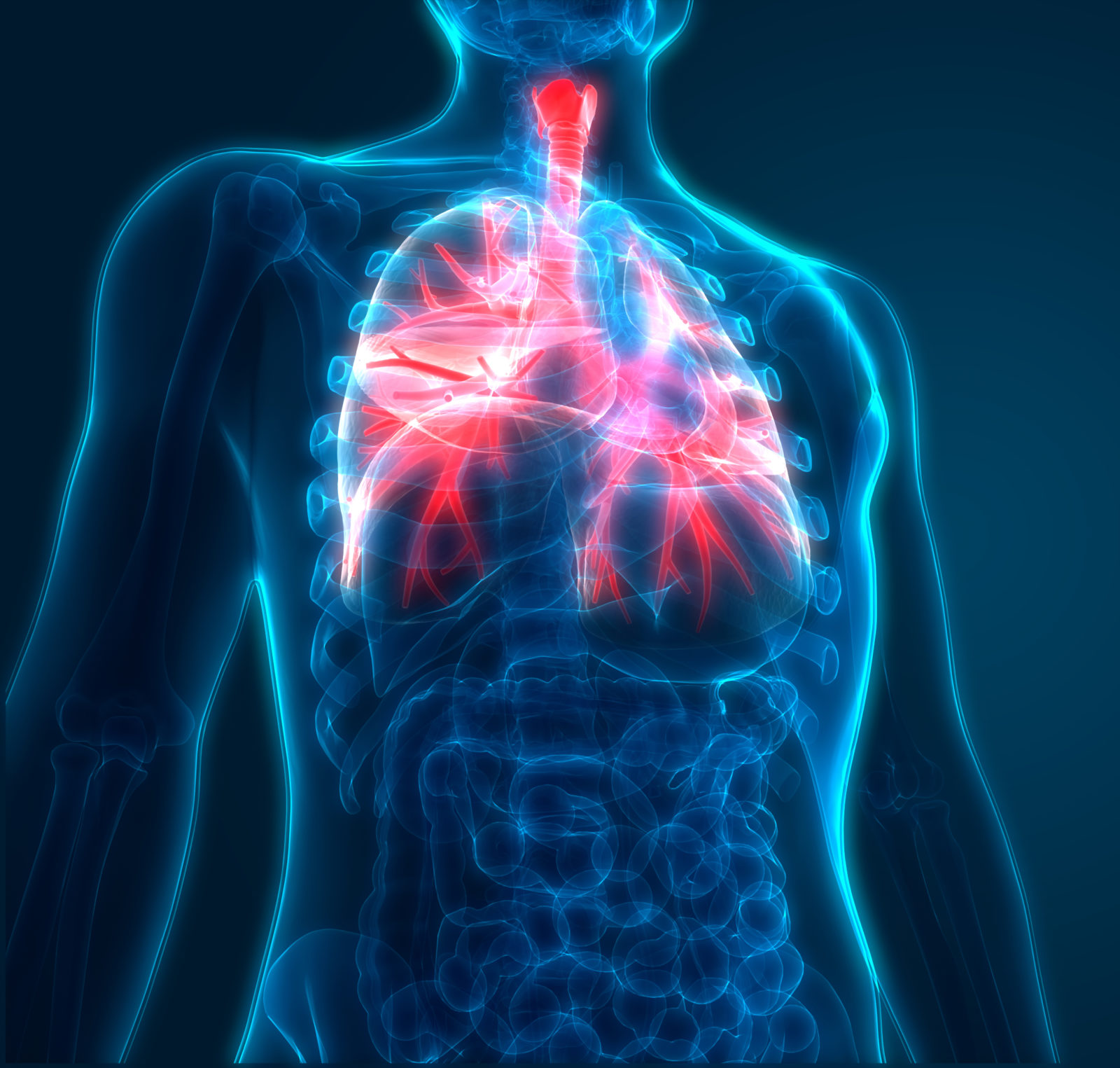
What are the symptoms of Legionnaires’ disease?
Each year in the US, an estimated 10,000 to 18,000 people are infected with Legionella bacteria. It’s not uncommon for people with symptoms to be admitted to intensive care straight away. And, while 90% of patients diagnosed with Legionnaires’ disease will survive, many will go on to experience a health-related impaired quality of life.



